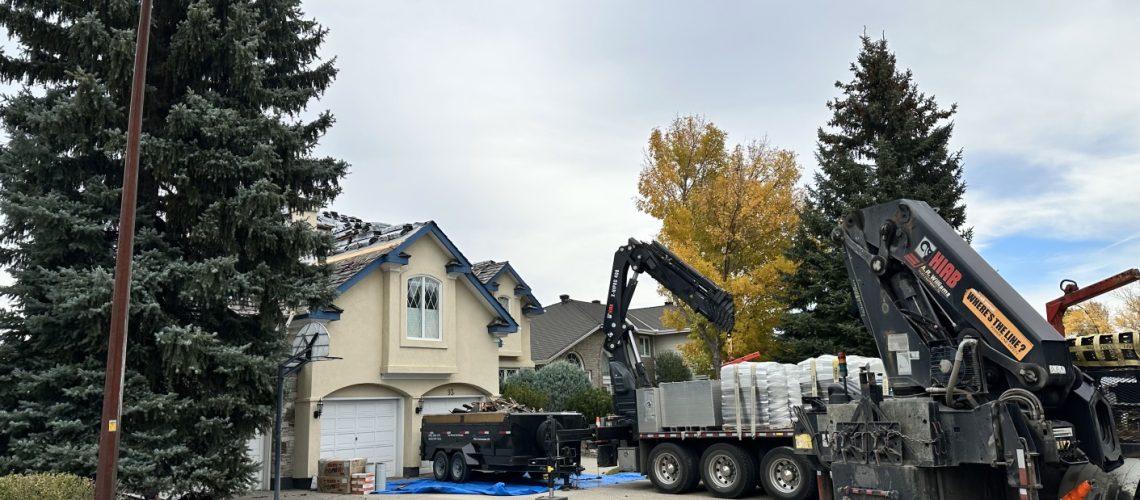Your roof is one of the most crucial elements of your home, acting as a first line of defence against the elements. However, after decades of battling against the sun, snow, rain, and everything in between, your roof may find itself in serious need of replacing. While the process of replacing a roof is a big undertaking, many homeowners find themselves wondering how often a roof should be replaced. In this comprehensive guide, we’ll look at the factors that influence the frequency at which roofs need to be replaced.
The Factors Influencing Roof Replacement
There are several factors that affect the lifespan and integrity of your roof. These factors include the quality of the installation, the material you use, the climate and weather where you live, and the frequency of maintenance.
Installation Quality
The quality of the installation of your roof will play a crucial role down the road. A poorly installed roof is far more likely to develop problems and require replacement sooner. Ensuring you hire a reliable, trusted roofing company to take care of the installation is essential.
Roofing Material
Different roofing materials have different lifespans. The type of material you choose will greatly affect how often you’ll need to replace your roof. Let’s look at some of the most common roofing materials and their lifespans, ranked by general price point:
Asphalt Shingles
The most common material used in Canada is asphalt shingles, due to their relatively low price point, good lifespan and ease of installation. Asphalt shingles have both Class 3 (standard) and Class 4 (upgrade) options. Class 4 generally carries a better wind and hail rating. Asphalt shingles last around 25-30 years in Calgary.
Euroshield
Euroshield, also known as rubber roofing, is gaining popularity due to its curb appeal, longevity, and emphasis on environmental sustainability. Although it sits at a higher price point than asphalt shingles, Euroshield offers a lifespan of up to 50 years. Made with 95% recycled materials, it also appeals to those looking to make an environmentally conscious choice in their roof.
Slate Roof
In terms of lifespan, slate is a step above practically every other roofing material available. By far the most expensive option, slate provides unmatched longevity, with a lifespan of up to 90 years. Slate installers are few and far between but for homeowners wanting that look, Euroshield offers a slate profile.
Climate and Weather
Climate and weather conditions in your region can significantly impact how often you should replace your roof. In an area such as Calgary, with long, sunny days, high winds, snowfall, hail storms and extremely cold temperatures, your roof may wear out more quickly.
Maintenance Frequency
Regular roof maintenance can easily extend the lifespan of your roof. We recommend scheduling professional maintenance every 5 years to ensure your roof remains healthy.
At the end of the day, when it comes to how often you should replace your roof, these factors are the primary influencers. It’s obvious that a poorly installed and maintained roof will not only need replacing sooner but will likely cause damage to your home as the outside finds its way in. A well-installed and maintained roof will very likely provide its expected lifespan as listed above, depending on the material used. If you still have questions about the condition of your roof or are looking to have it replaced, feel free to reach out to us.


